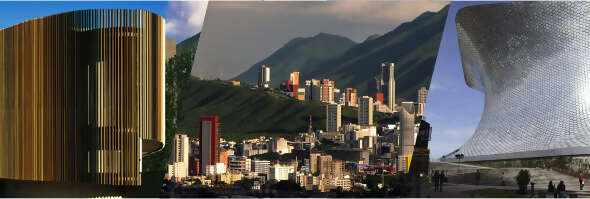MEXICO CITY NAMED WORLD DESIGN CAPITAL
Posted on 10/20/2015 | About Mexico City, Mexico

At its 29th General Assembly, the International Council of Societies of Industrial Design (Icsid) announced that Mexico City has been designated World Design Capital (WDC) 2018. It is the sixth city – and first city from the Americas – to hold the designation.
Awarded biennially to cities based on their commitment to use design as an effective tool for economic, social, and cultural development, the WDC has become a global movement and serves to acknowledge that design can, and does, impact quality of life. Previous designated cities include Torino (Italy) in 2008, Seoul (South Korea) in 2010, Helsinki (Finland) in 2012 and Cape Town (South Africa) in 2014. Taipei will be World Design Capital 2016. For Mexico City, the WDC appointment is an opportunity for its vibrant and entrepreneurial design community to build a liveable city, embracing old and new in their plans to showcase innovative design in urban planning.
Icsid President and Member of the WDC selection committee Professor Mugendi M'Rithaa said, "Mexico City will serve as a model for other megacities around the world grappling with the challenges of urbanization and using design thinking to ensure a safer, more liveable city." Design Week Mexico, a non-profit organization that promotes design as an engine of social change, led the bid and plans to focus on the borough of Miguel Hidalog, introducing new health, communications and security programmes, a bike sharing programme, urban gardens, parks and playgrounds. Emilio Cabrera, Director General of Design Week Mexico said, "Our goal is to build a platform for collaboration not only between design disciplines, but also between countries. As WDC, we seek to create a hub of global creative industries that have an impact on their societies."
Shortlisted co-candidate Curitiba (Brazil) also mounted a compelling bid. Curitiba has a well-established and inspirational legacy in design-led urban planning. The calibre of the bids made the decision a difficult one. What ultimately led to the selection was the broad-based scope of Mexico City's plans and the active support of not only the mayor but also the wider design community.
